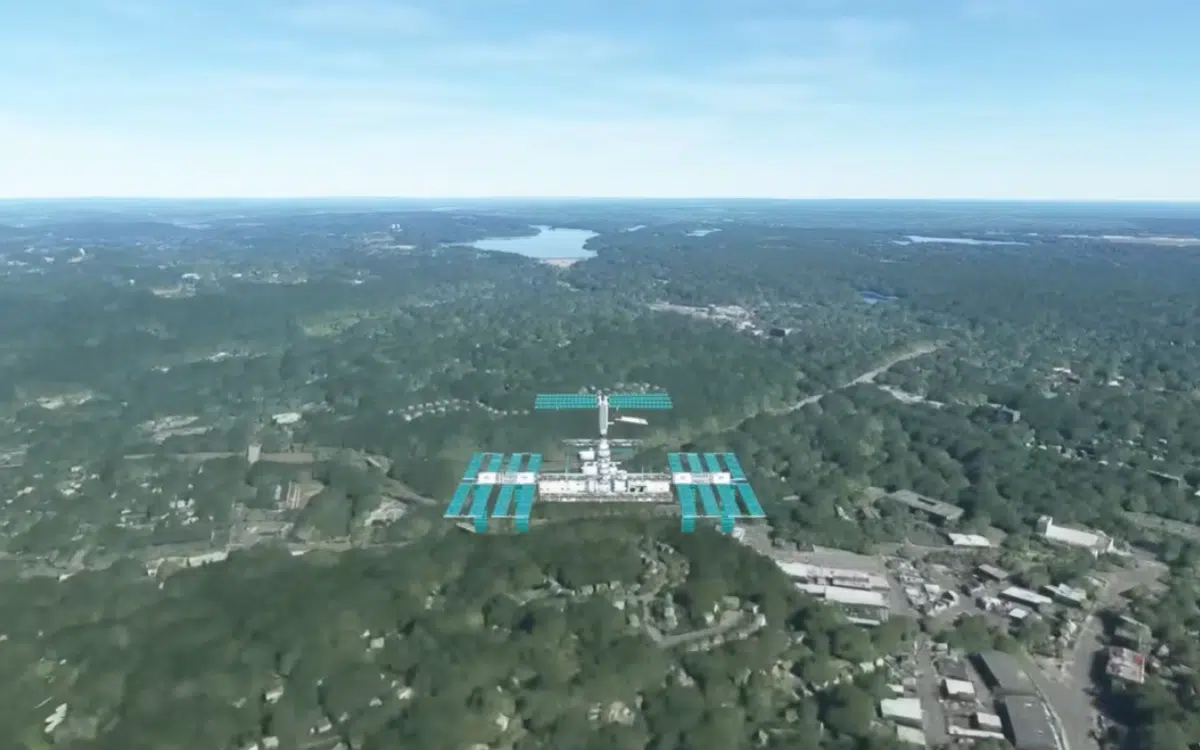Shocking Discovery: Hidden Earthquake Threat Lurking Beneath Yukon!

Did you know that a previously overlooked geological fault in the Yukon could set the stage for catastrophic earthquakes? It sounds like the plot of a disaster movie, but it’s a stark reality revealed by groundbreaking research from the University of Victoria (UVic).
The Tintina fault, a massive geological structure stretching about 1,000 kilometers across northwestern Canada, was long thought to be dormant, having not moved significantly for 40 million years. However, recent studies utilizing cutting-edge satellite, drone, and aerial data unveil a startling truth: a 130-kilometer segment near Dawson City shows signs of seismic activity that date back to a much more recent geologic era—the Quaternary Period, which has been ongoing for the last 2.6 million years.
Lead researcher Theron Finley, a recent PhD graduate from UVic, noted, “Over the past couple of decades, there have been small quakes of magnitude 3 to 4 detected along the Tintina fault, but nothing indicated it could unleash large ruptures.” This reveals a critical gap in our understanding of seismic risks in the region, previously grounded in a mere few centuries of earthquake catalogs established from Indigenous oral histories, written records, and modern monitoring.
What’s particularly fascinating is how the researchers utilized high-resolution topographic data from the ArcticDEM dataset and advanced lidar technology to identify fault scarps—linear features formed by earthquakes that can persist in landscapes for millennia. The team’s findings revealed a series of fault scarps just 20 kilometers from Dawson City, providing irrefutable evidence of past seismic events.
Among the most eye-opening discoveries were glacial landforms that are offset across the fault scarp by significant distances, indicating past ruptures. For instance, landforms dating back 2.6 million years showed a lateral shift of 1,000 meters, while those 132,000 years old offset by 75 meters confirm the fault's active history. However, the research also indicated that no major ruptures have taken place in the last 12,000 years, leading to a dangerous build-up of strain currently estimated at 0.2 to 0.8 millimeters per year.
Finley emphasizes the implications of this research, stating, “Future earthquakes on the Tintina fault could exceed magnitude 7.5.” Such an earthquake would have devastating consequences for Dawson City, disrupting both infrastructure and mining operations. The risk is exacerbated by the region's susceptibility to landslides, which could be triggered by seismic activity—making this newly recognized fault a serious hazard.
While the National Seismic Hazard Model (NSHM) already considers the potential for large earthquakes in central Yukon, the Tintina fault has yet to be recognized as a distinct source of such threats. This new research will soon be integrated into the NSHM, influencing seismic building codes and informing local emergency managers to bolster earthquake preparedness in their communities.
This significant research was conducted on the territories of the Tr'ondëk Hwëch'in and Na-Cho Nyäk Dun First Nations, underscoring the importance of collaboration with Indigenous communities in understanding and mitigating geological risks.


















